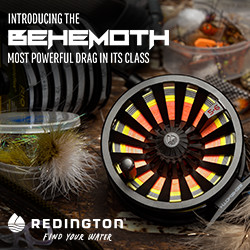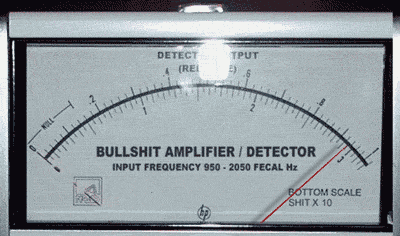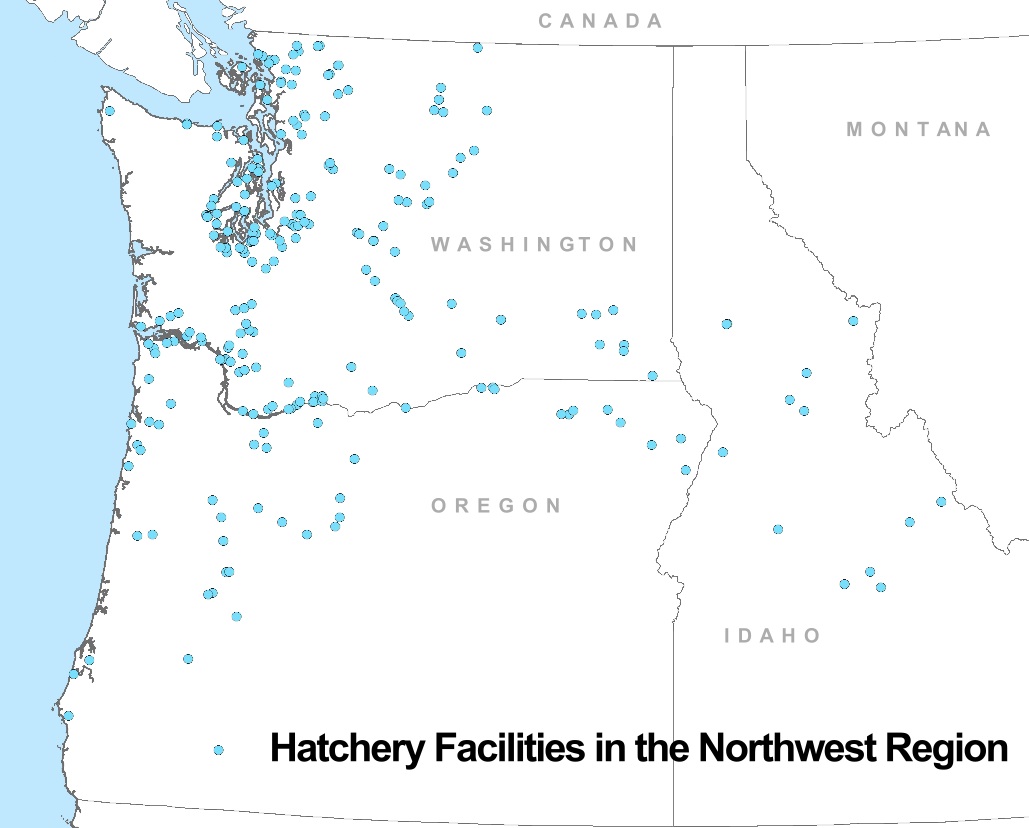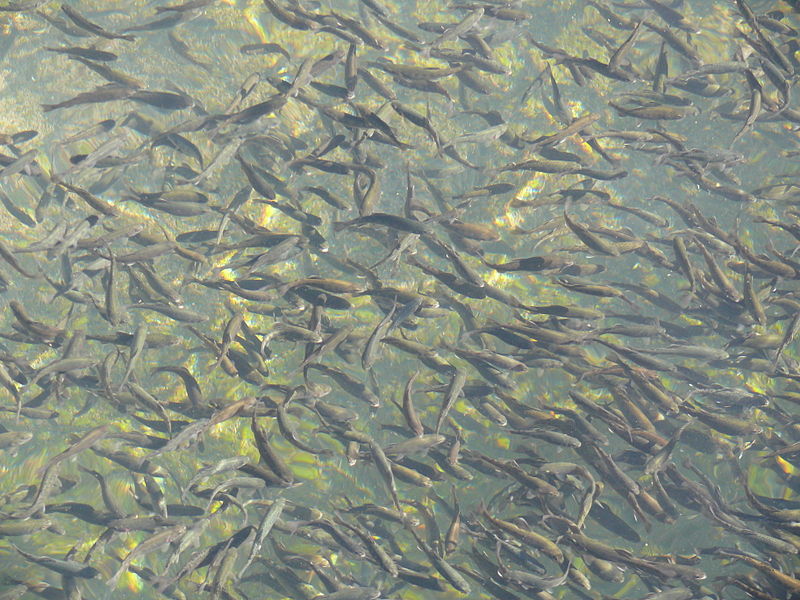
In 1974, Montana did something that stunned anglers across the state and the nation: It stopped stocking trout in streams and rivers that supported wild trout populations.
The move initially outraged many anglers, fishing businesses, and even some Montana Fish and Game Department staff. For decades, hatcheries had been credited with producing more and better fishing. Without stocking, many Montanans asked, what would happen to the state’s famous trout waters and the businesses that relied on legions of anglers arriving from across the country each summer?
The answer, now well known, is that trout fishing improved dramatically. Once stocking was discontinued, wild trout numbers doubled, tripled, and more on many rivers.
LINK (via: Montana Outdoors)
 Thursday, December 4, 2014 at 12:04AM
Thursday, December 4, 2014 at 12:04AM  El Guapo |
El Guapo |  2 Comments |
2 Comments | 










